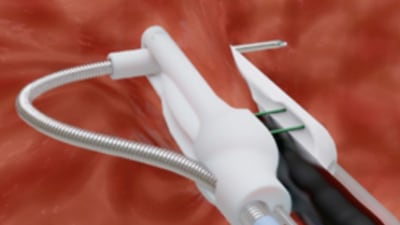- Medtech Insight
- >>Device Area
- >>Combination Products
Market Intel: Pain Is Biggest Market For Transdermal Drug Delivery But Not A Patch Over Neuro For Growth
The growing aging population and rising obesity rates are paving the way for patch-based drug delivery systems to treat such common age-related diseases as Alzheimer's and Parkinson's, hormonal deficiencies, heart disease, as well as for managing acute and chronic pain patients. According to a new report by Meddevicetracker, the global market for transdermal patch products will reach $8.1bn by 2021, a CAGR of 2.9% from 2016. In this feature, we'll take a closer look at the overall market and the key players in the individual segments in this overall market. We'll take a deep dive into the neurological disorders segment, which is expected to see the biggest growth in the overall segment. We'll also feature physician specialty surveys outlining the pros and cons of using patch-based systems.
The global market for transdermal patch products, which is divided into five segments – cardiovascular disease, neurological disorders, hormone replacement therapies, pain management and genitourinary disorders – is expected to grow at a CAGR of 2.9% from $7bn in 2016 to $8.1bn by 2021, according to Meddevicetracker's "Transdermal Drug Delivery Devices Market." (See Fig. 1).
Fig. 1








